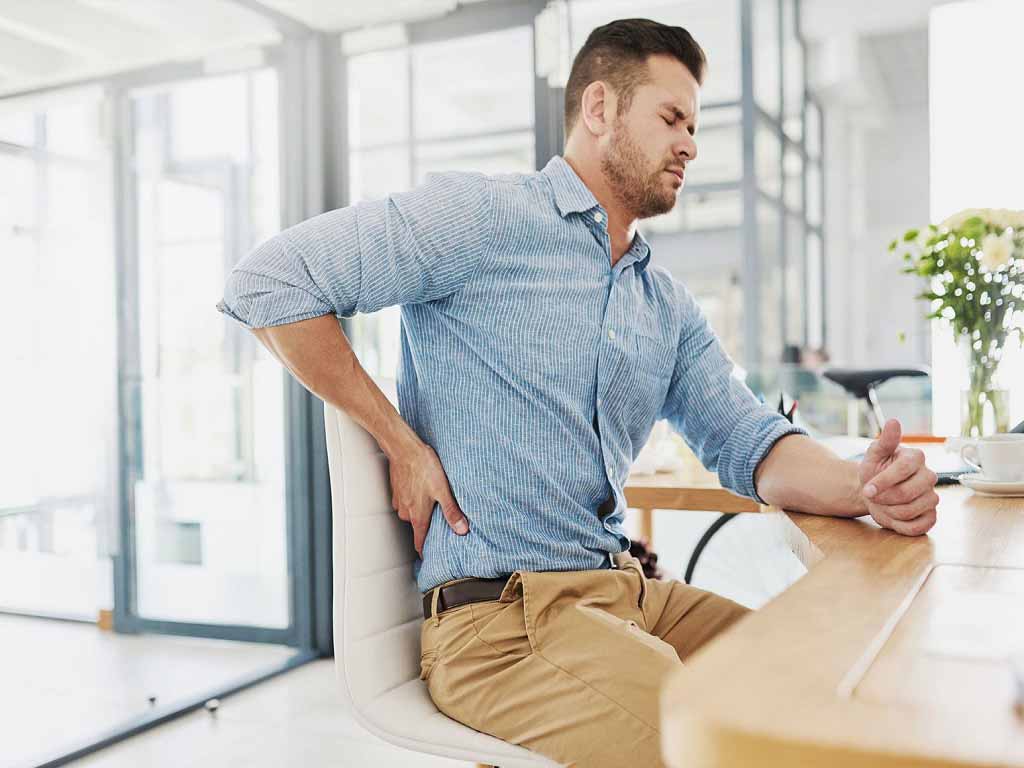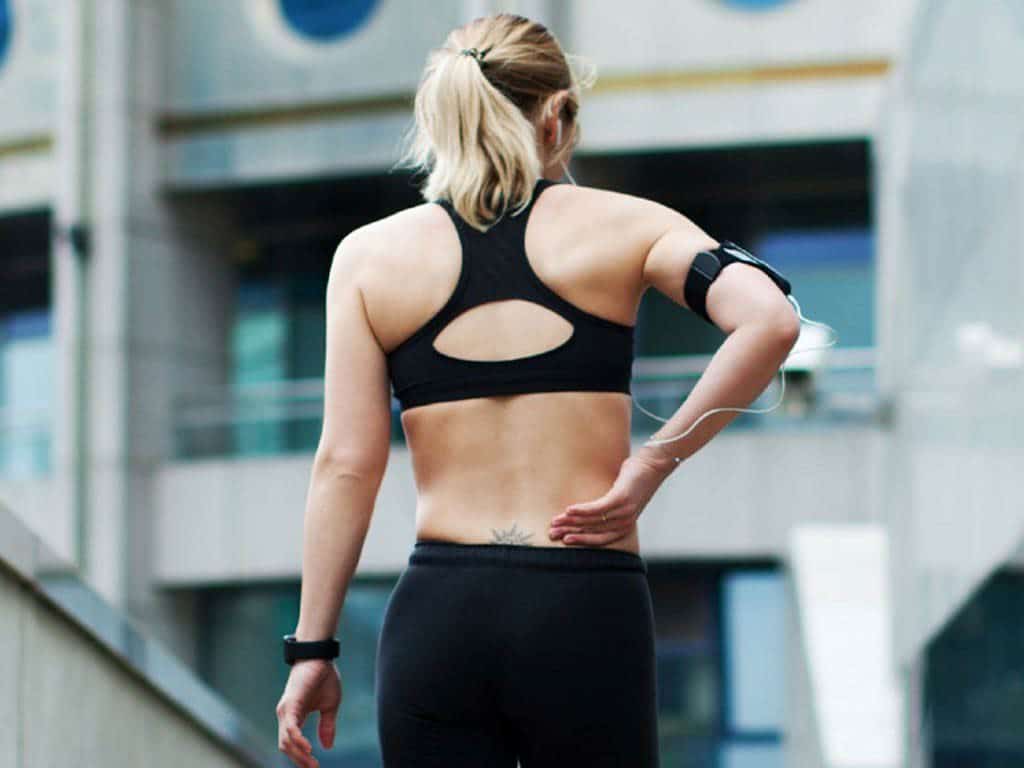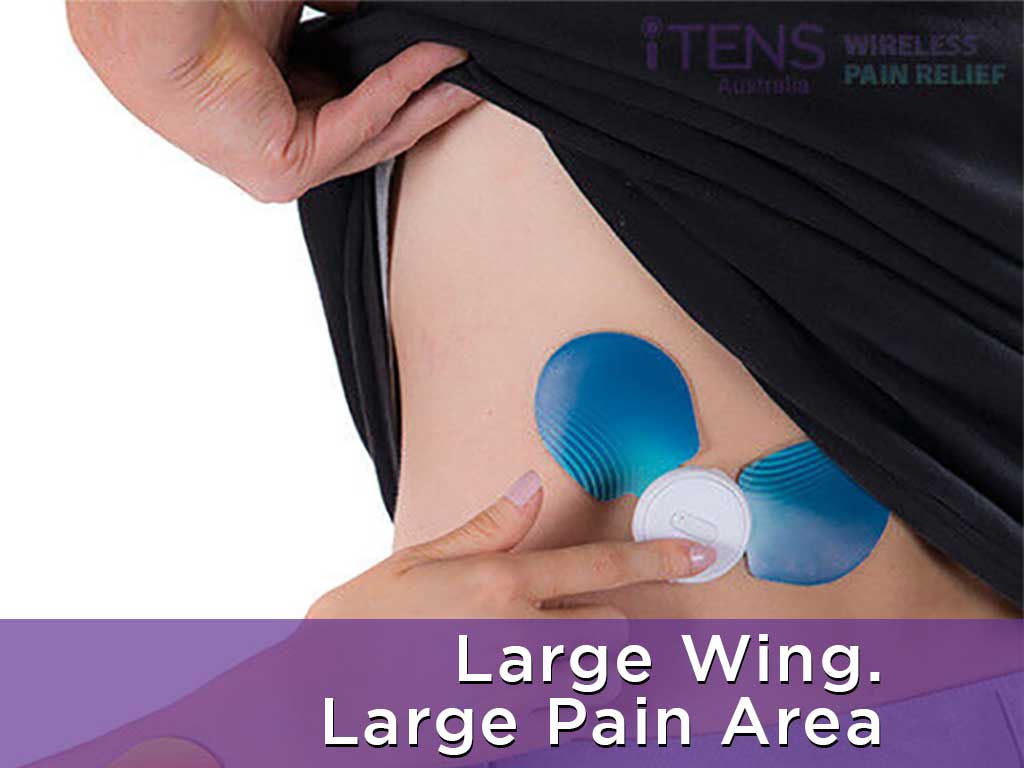
Lower back hip pain may cause limited mobility and other discomforts. It may occur for various reasons, including injuries and underlying health disorders. The common conditions are arthritis, muscle strains, and problems in the lumbar region. Fortunately, there are several options for dealing with these pain types. Basic treatments include medications, hot and cold packs, and exercise. Alternative methods also help, such as TENS therapy or nerve stimulators, acupuncture, and chiropractic care.
The back and hip pain is one of the leading disabling conditions worldwide. It is susceptible to injuries because of the activities it performs all day. Additionally, the lower back anatomy consists of muscles, nerves, and ligaments. Thus, any damage may result in discomfort. It may also range from mild to extreme pain. This article will talk about the main causes of pain in the lumbar region and various pain relief options as they help find suitable treatments.
Leading Causes of Lower Back Hip Pain
The majority of people with pain in the lower back and hips may feel dull aches, soreness, and radiating pain. The symptoms differ depending on the cause. Many people have back pain from soft tissue injuries, including strains and sprains. It may transpire from sports, work, or household chores. These activities often include repetitive motion or heavy lifting that damages the muscles, ligaments, and tendons. Most often, the pain will disappear once the injuries or wounds heal.
Health disorders are also the leading reasons for back pain. In particular, nerve compression is prevalent among people aged 40 and above. A bone or tissue press on a spinal nerve can cause pain in the lower back, which may radiate to the hips, buttocks, and legs. Moreover, stress fractures, excess weight, and poor posture are risk factors for pinched nerves. It is one of the origins of the condition called sciatica.
Another main cause of lower back and hip pain is joint inflammation. These conditions affect the nervous system, leading to recurring pain. In addition, inflammatory-type pains are associated with tissue damage and wear and tear of the joints and spinal structures. Examples are osteoarthritis, herniated discs, and sacroiliac joint dysfunction. Lastly, other reasons that may contribute to lower back pain are pregnancy, kidney stones, and tumours.
When to Seek Medical Help
Most acute and chronic pain will improve with treatments. However, you should see a doctor under the following circumstances:
- the symptoms persist after two weeks
- more severe pain than regular aches
- pain with weight loss, chills, or loss of bladder control
- weakness in the lower extremities
- back pain with fever

Relief for Lower Back Hip Pain: Standard Treatments
Standard treatments for lower back and hip pain include medications, heat and cold, and physical therapy. Oral pain relievers are available over the counter to help with mild to moderate symptoms. Individuals may take aspirin, ibuprofen, and naproxen for inflammatory conditions. They help reduce swelling that many chronic conditions cause. Moreover, paracetamol is ideal for pain with high temperatures. Other forms of medications come in creams and pain patches.
Home remedies like heat and cold therapy are helpful for acute injuries. Hot packs boost blood circulation and allow more oxygen to reach the muscles and nerves. Hence, it helps soothe soreness, reduce stiffness, and heal wounds faster. On the other hand, cold therapy creates a numbing effect to reduce nerve sensitivity. It also lessens swelling and stops bleeding. It is advisable to use ice first and heat later. Alternating them for several minutes helps achieve the most effective results.
Part of the standard pain management methods that health professionals advise is physical therapy. It involves guided techniques to strengthen the lower back muscles. It aims to decrease pain symptoms and improve the back’s functions. A therapist may also create an individual program to lower the frequency of lower back hip pain problems. Lastly, regular exercises help treat and prevent potential injuries.
Preventive Measures
Some of these preventive measures help keep lower back conditions from worsening:
- Regular exercise to strengthen the muscles and stabilise the joints
- Lose excess weight
- Proper techniques when lifting heavy objects
- Stretching every now and then when sitting in an office all day
- Eating a healthy diet
- Quitting smoking
- Maintaining correct posture

Relief for Lower Back Hip Pain: Alternative Therapies
Alternative pain relief techniques also provide significant therapeutic results. Individuals may employ them independently or as complementary to medications. Some of the popular methods are acupuncture, chiropractic treatment and massage. Acupuncture involves inserting thin needles into trigger points to help relieve chronic lower back and hip pain. It stimulates specific tissues to stimulate the body’s natural painkillers and improve well-being. Aside from back pain, it can treat several pain conditions, including headaches and neck pain.
Chiropractic care is a procedure where a practitioner applies controlled force to push the joints. It can treat and prevent disorders in the spine. Similarly, massages help release muscle tension and improve circulation. A massage therapist gives various strokes to stimulate the affected muscles and reduce pain. It creates soothing and therapeutic effects, such as relaxation and increased flexibility. However, a person must avoid these procedures if with a fracture or skin infection.
Furthermore, Transcutaneous Electrical Nerve Stimulation (TENS) is a non-drug treatment for lower back hip pain and other conditions. It is a therapy applying mild electrical currents through the skin. Users place electrode pads on the affected area to treat lower back and hip pain. By controlling the strength of the pulses, TENS induces the release of endorphins and hinders pain signals from reaching the brain. Unlike other therapies, TENS can be self-administered through a portable device.
Advantages of TENS Therapy
- All-natural pain relief method
- Non-invasive and does not involve risky procedures
- The device is lightweight and easy to use
- It does not need professional supervision
- Users can adjust the settings based on their pain level
- It does not have adverse risks or side effects
- No risks of addiction
Conclusion
Many factors can cause lower back hip pain. The leading causes are muscle strains from everyday activities and underlying health disorders. The symptoms may persist for several days to weeks. However, pain recurs for chronic ailments like arthritis and sciatica. Hence, effective pain relief is vital to manage the symptoms. The standard treatments are medications, home remedies, and exercise. Many people take pain medicines because they are affordable and easily accessible.
However, individuals who have adverse reactions to medicines may employ alternative methods. It includes acupuncture, massage and chiropractic treatment, and TENS therapy. Among these, TENS therapy does not require professional supervision. TENS machines are easy to use, following the device guidelines and safety precautions. Furthermore, they are available online without a prescription. You may get a TENS device, like the wireless iTENS, at iTENS Australia. In conclusion, knowing pain relief options can help manage back and hip pain more effectively.







